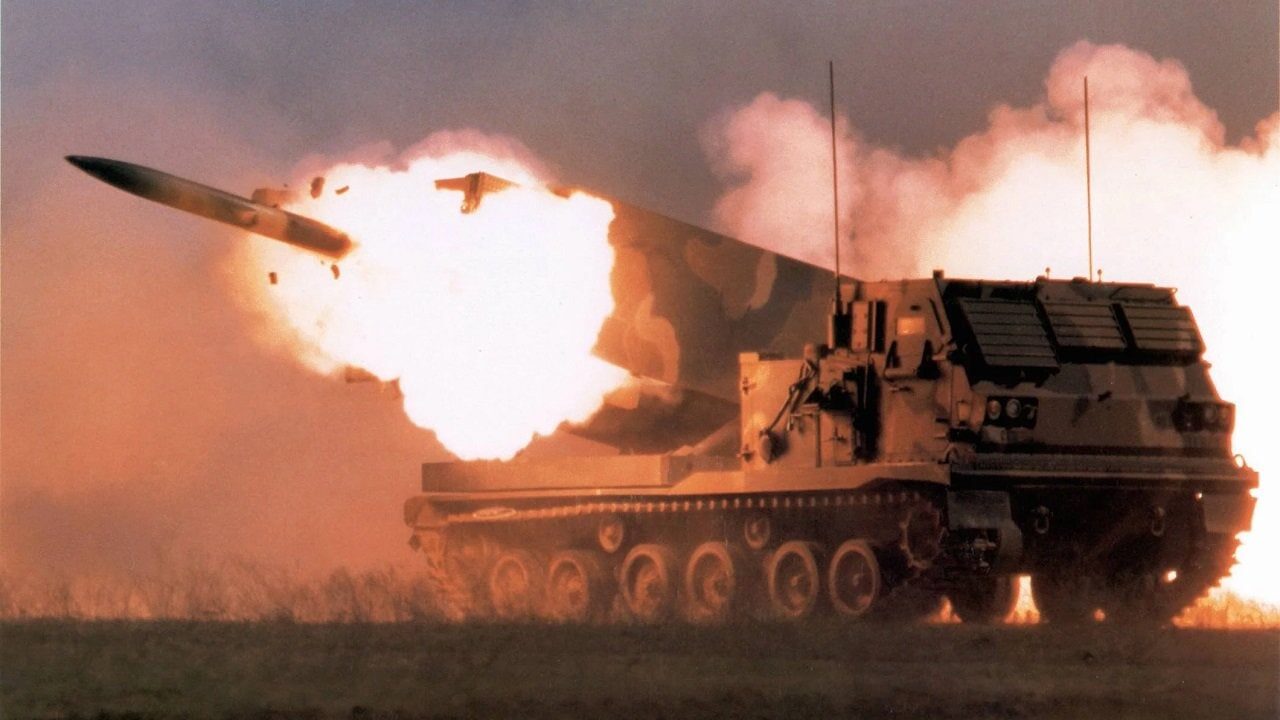More than two months into Ukraine’s counter-offensive, Western-provided weaponry continues to dominate on the battlefield.
Since the onset of Russia’s invasion more than a year and a half ago, Kyiv has maintained its sovereignty in part due to the international community’s support of its defense.
The U.S., along with its North Atlantic Treaty Organization (NATO) allies, have delivered scores of military aid packages to Ukraine, including main battle tanks, anti-tank weaponry, countless munitions and even airframes.
Many analysts predicted Ukraine would fall to Russia’s advances within a span of weeks back in February 2022.
However, Ukrainian forces have effectively thwarted Russian troops, partly due to more advanced weapons arsenal.
Artillery systems have particularly played a leading role in Kyiv’s war strategy.
Although Moscow initially had a quantitative edge over Ukraine’s artillery systems, NATO has worked hard to tip the balance in Kyiv’s favor by providing the country with long-range and top-of-the-line artillery systems.
GMLRS Strike!: Video Shows NATO-Built Artillery Hitting Russian Forces in Ukraine
Earlier this week, the open-source intelligence group Ukraine Weapons Tracker published a video depicting a successful Ukrainian-launched GMLRS strike.
In the clip released on Twitter, a Guided Multiple Launch Rocket System strike destroys a Russian 2S7(M) Pion 203mm self-propelled howitzer in the Donetsk Oblast region.
The minute-long clip is not unique since Kyiv successfully uses its Western-provided artillery system to obliterate Russia’s military equipment.
Like many of the weapon systems used by Russian forces in the ongoing invasion, the 2S7 Pion is derived from the Soviet Union. This self-propelled cannon was first identified in the mid-1970’s and represents an important element of Moscow’s offensive strategy in the war.
Ukraine also possesses these howitzers, since they were distributed among the former Soviet blocs following the dissolution of the USSR. However, Kyiv has uniquely figured out a way to adapt American-produced M106 203mm shells for the Pions, which is vital since the 203mm ammunition fired by the howitzer’s gun is no longer produced anywhere in the world.
What makes GMLRS the weapon of choice for Kyiv?
Ukrainian forces have used GMLRS to attack, neutralize and suppress Russian targets throughout the war. In fact, Kyiv’s use of GMLRS has been so successful that the U.S. Army granted multiple contract options to the weapon’s manufacturer Lockheed Martin to replenish inventory. This rocket system is fired from the M142 High Mobility Artillery Rocket System (HIMARS) and the M270 Multiple Launch Rocket system.
As detailed by the Army, “The current GMLRS family of munitions consists of three fielded variants: Dual-Purpose Improved Conventional Munition (DPICM) and the Alternative Warhead (AW) variants to service area targets; and the Unitary variant with a single 200-pound-class high-explosive charge to service point targets with low collateral damage. GMLRS is employed with the M270A1 Multiple Launch Rocket System and M142 High Mobility Artillery Rocket System launchers.”
Notably, GMLRS munitions have greater accuracy than ballistic rockets. This capability, in addition to its reduced logistics footprint, make it an essential component to Kyiv’s counter-offensive strategy. Since the war began, Russia has lost an obscene amount of its weapons inventory. While GMLRS certainly isn’t responsible for all of these losses, it can be accredited with a solid amount.
#Ukraine: A Russian 2S7[M] Pion 203mm self-propelled howitzer was destroyed by a GMLRS strike of the Ukrainian forces in #Donetsk Oblast. pic.twitter.com/yRh8hPqQNp
— ???????? Ukraine Weapons Tracker (@UAWeapons) August 20, 2023
Maya Carlin, a Senior Editor for 19FortyFive, is an analyst with the Center for Security Policy and a former Anna Sobol Levy Fellow at IDC Herzliya in Israel. She has by-lines in many publications, including The National Interest, Jerusalem Post, and Times of Israel. You can follow her on Twitter: @MayaCarlin.

